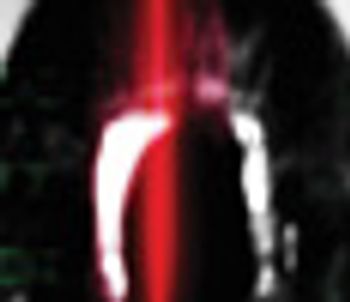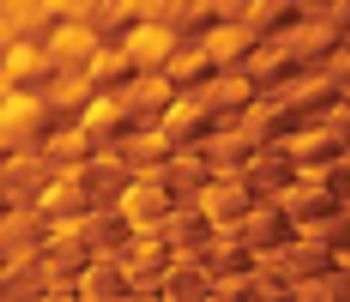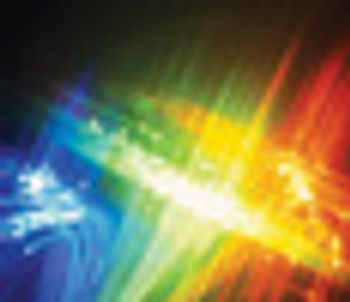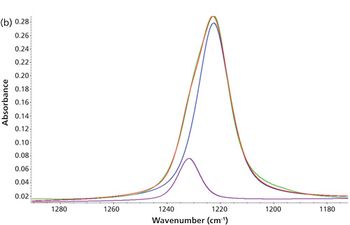
Spectroscopy
The monitoring of the processes in steel and metal industry calls for techniques that are capable of measuring the composition of metallic alloys at a distance and on moving conveyor belts. In many cases, such as in the recycling of automotive scrap, the geometry of the objects to be analyzed can vary, and surface coatings can be present. In this paper, we discuss the application of LIBS to two industrial projects to illustrate how the above-mentioned problems can be faced and successfully resolved.




